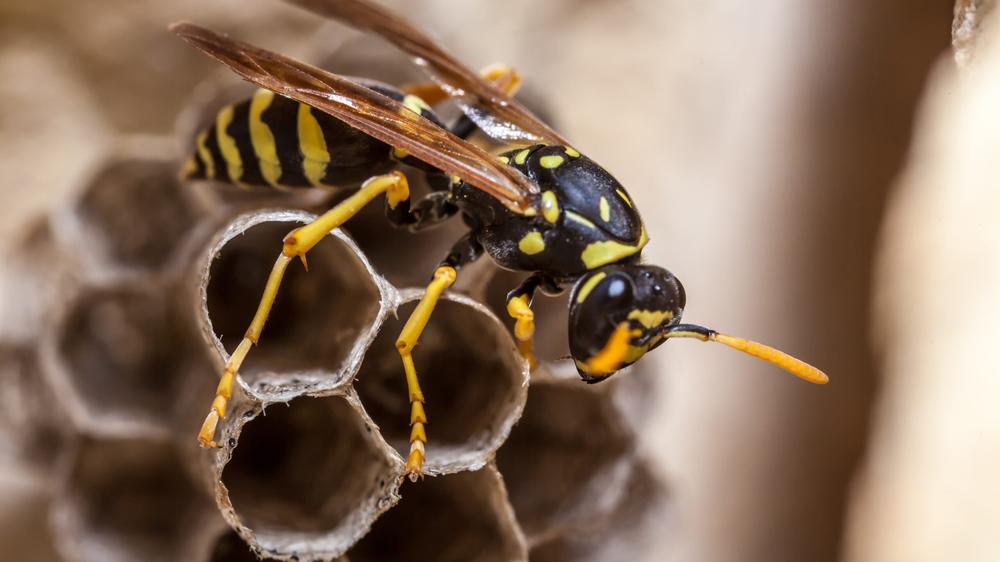Wasps living around a Cold War-era nuclear facility in South Carolina have built at least four radioactive nests, raising questions about their source of hazardous material and the extent of environmental contamination, according to a report by The New York Times.
Last week, news broke that officials at the site—Savannah River Site (SRS) near Aiken, South Carolina—had found one radioactive nest on July 3. The discovery was documented in a July 22 report by the US Department of Energy, which owns the site.
The report said that the nest was on a post near a tank used to store nuclear waste and that it "was probing 100,000 dpm/100 cm2 beta/gamma." This contamination level "is greater than 10 times the total contamination values" listed in federal regulations for areas that require contamination posting and monitoring, the report said. Still, it concluded that the radioactivity of the nest was considered to be from "onsite legacy radioactive contamination not related to a loss of contamination control."
But, the Times uncovered that three additional radioactive nests had been found since the July 3 discovery.
"The U.S. Department of Energy is managing the discovery of four wasp nests with very low levels of radioactive contamination," Edwin Deshong, the manager of the DOE's Savannah River Operations Office, said in an emailed statement to the Times. "The nests do not pose a health risk to SRS workers, the community, or the environment."
The SRS is a 310-square-mile facility built in the 1950s to produce material for nuclear weapons, including plutonium and tritium, a component of hydrogen bombs, the Times noted. Activity at the SRS, which sits close to the border with Georgia, declined at the end of the Cold War, and the DOE began cleaning up the site in 1996—a slow process that is currently estimated to be done by 2065.
According to the DOE, the site produced 165 million gallons of radioactive liquid waste, which has been evaporated to 34 million gallons. The site has 51 waste tanks, eight of which have been operationally closed, with the remaining 43 in various states of the closure process.
Outside experts have been quick to point out critical information missing from the DOE's nest report, including the absolute level of radioactivity found in the nest, the specific isotopes that were found, and the type of wasps that built the nest. Some wasps build their nests from mud, while others might use chewed up pulp from wood.
Timothy Mousseau, a biologist at the University of South Carolina who studies organisms and ecosystems in radioactive regions, told the Times that the DOE's explanation that the wasps gathered legacy contamination for their homes is not unreasonable. "There's some legacy radioactive contamination sitting around in the mud in the bottom of the lakes, or, you know, here and there," he said.
"The main concern relates to whether or not there are large areas of significant contamination that have escaped surveillance in the past," Mousseau said. "Alternatively, this could indicate that there is some new or old radioactive contamination that is coming to the surface that was unexpected."
The DOE report of the first wasp nest said that the nest was sprayed to kill wasps, then bagged as radioactive waste. The ground and area around where the nest had been did not have any further contamination.
In a statement to the Aiken Standard, officials working at the DOE site noted that the wasps themselves pose little risk to the community—they likely have lower contamination on them and generally don't stray more than a few hundred yards from their nests.
But the Times pointed out a report from 2017, when officials at SRS found radioactive bird droppings on the roof of a building at the site. Birds can carry radioactive material long distances, Mousseau said.

 BYD supera Alfa Romeo in Italia a luglio 2025. Nella Top 20 dei marchi più venduti
BYD supera Alfa Romeo in Italia a luglio 2025. Nella Top 20 dei marchi più venduti